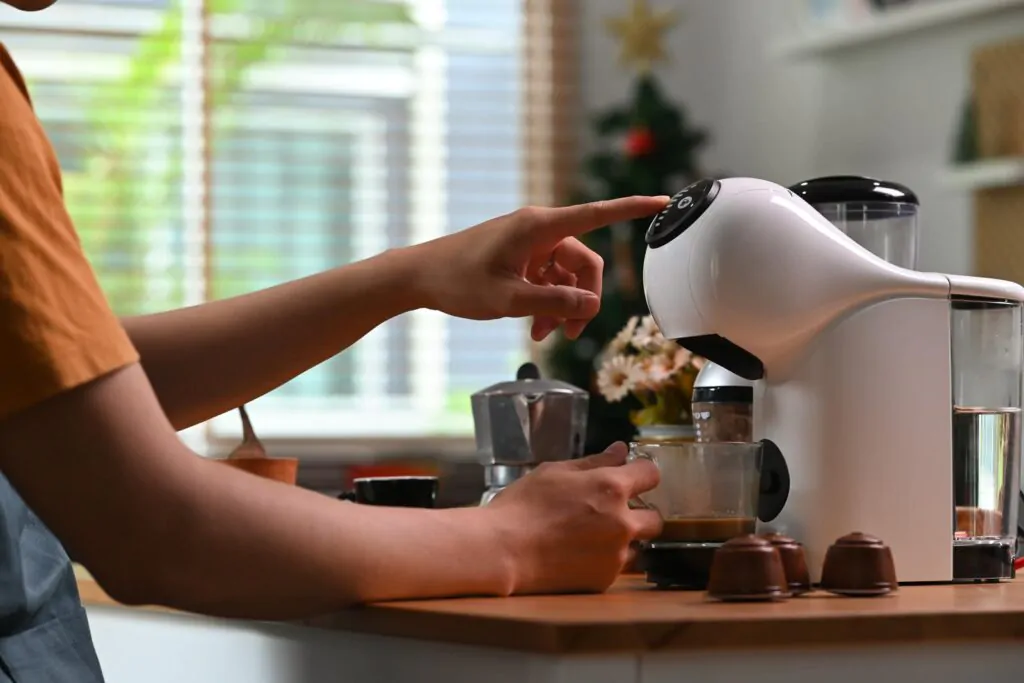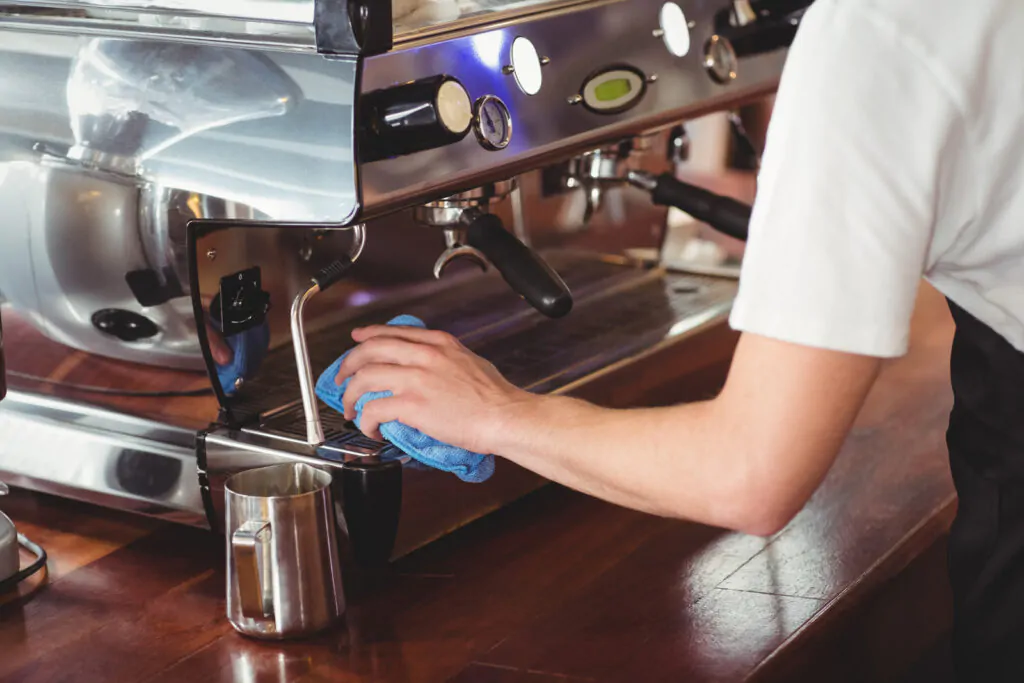As with other kitchen appliances, your coffee maker will encounter maintenance problems. Read on to discover why your coffee maker is leaking from the bottom.

On average, most coffee makers in the United States last about three to six years. Proper cleaning and maintenance can extend its lifespan up to 10 years before it naturally breaks down. Between those years, however, you will encounter some predicaments, one of which is leakage.
As they say, prevention is better than cure, so be on the lookout once your machine starts spilling liquid. I will provide some tips on resolving these leakage problems, but you also need to consider the brand or type of coffee maker you have to troubleshoot it correctly. That being said, here are some reasons why your coffee maker is leaking from the bottom.
5 Reasons Why Your Coffee Maker Is Leaking From The Bottom
1. Overfilling The Water Compartment Or Reservoir
Sometimes a problem has the most obvious answer. As making coffee becomes routine, filling the reservoir with water is an often overlooked task, but overfilling it can cause water or coffee leakage.
Generally, coffee makers have a water level indicator that you can use as a guide to prevent overfilling, so make sure to utilize this feature.
2. Incorrect Installation Of Water Compartment Or Coffee Filter
We are all guilty of this at some point in our coffee-making life. You just woke up and tried to make coffee, only to be startled by a small puddle at the base of your machine. Next time, ensure that the coffee filter or basket is neatly tucked inside and that the compartment is properly installed.
3. There Are Cracks On The Reservoir Or On The Coffee Pot
Frequent use often results in damage to the parts; the most susceptible ones are the removable ones. Check for cracks in your reservoir or your coffee pot. You can do this by filling it up with water over your sink and inspecting if there are any leaks.

If the cracks are small enough to cover, you can use food-grade sealants to cover them up. Otherwise, you may have to order from the coffee maker’s manufacturer and buy a new reservoir or coffee pot.
Be wary of coffee pots as they are very susceptible to damage. Something such as a sudden change in temperature can cause it to crack.
4. There Is Clogging In The Pump Valve Or In The Tubes
Calcium, lime deposits, and or coffee grounds are the main culprits when it comes to clogging. If you are using a drip-style coffee maker, chances are there are paper pulps that got stuck in there as well.
You might have to get your hands dirty to resolve this as you may have to disassemble your coffee maker to check the source of the clogging. You can inspect the valves and tubes first, but note that the clog may also come from the water reservoir.
Remove each component (unplug it first, of course) and rinse them thoroughly with preferably hot water and reinsert them into the machine. Test it out to see if it is still clogged.
If so, you can start descaling it by using white distilled vinegar, citric acid, or branded descaling solutions. Mix it with water and stir thoroughly.
Put a filter in your coffee maker as normal, and then pour the mixture into your water reservoir. Start the machine, allowing the mixture to run through every nook and cranny to remove the persistent clogging. Let it run for a few minutes, and pour out the mixture once it is done.
Fill your water reservoir with clean water and run the machine up to three times to remove any traces of your mixture.
To lessen the chances of this happening, I recommend cleaning your coffee maker at least once or twice a month. Consider buying other filters if you have a drip-style machine and found paper pulps. For water, I suggest using purified water or installing a tap water filter on your faucet.

You can also check out other alternative ways to clean your coffee maker! Read our guides on how to clean it without using vinegar or cleaning it with a coffee brush!
5. The Components Inside Are Broken Or Faulty
If you have crossed out everything on this list and you still find leakage, then it is most likely that a component has been damaged. You will notice if your coffee maker is brewing slower than usual, even after descaling. If that is the case, you can disassemble the machine and inspect it thoroughly for any tears or damages.
In some cases, this might just be the result of the parts getting loose and untethering. This can be resolved by tightening it firmly once you assemble it back. Most of the time, though, it is a result of wear and tear, and the parts have to be replaced.
While it is acceptable to purchase the parts yourself in your nearest repair shop, the safest approach would be to reach out to a professional repairer for help or contact the manufacturer if they can assist.
If you are looking for a new coffee maker, you might want to check out our list of the best coffee makers to have when traveling!
FAQs On Why Coffee Maker Is Leaking From The Bottom
How To Tell If You Need To Replace Your Coffee Maker?
Aside from the leaking, your coffee maker will slow down considerably. Your cup of Joe is starting to taste more earthy and bitter, and you will notice it is not warm enough.
In worst cases, you will hear intermittent sputtering from inside, and the leaking isn’t stopping after troubleshooting. Before your coffee machine becomes a fire hazard, it is probably time to buy a new one.
Should You Repair Or Replace Your Coffee Maker?
Coffee makers are fairly easy to repair, especially if maintained well. I will consider a replacement if the machine exceeds its average lifespan or the issues can’t be resolved by descaling or simple tune-ups. Now check out our guide explaining why your coffee maker could be overflowing.

